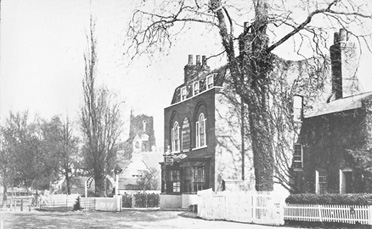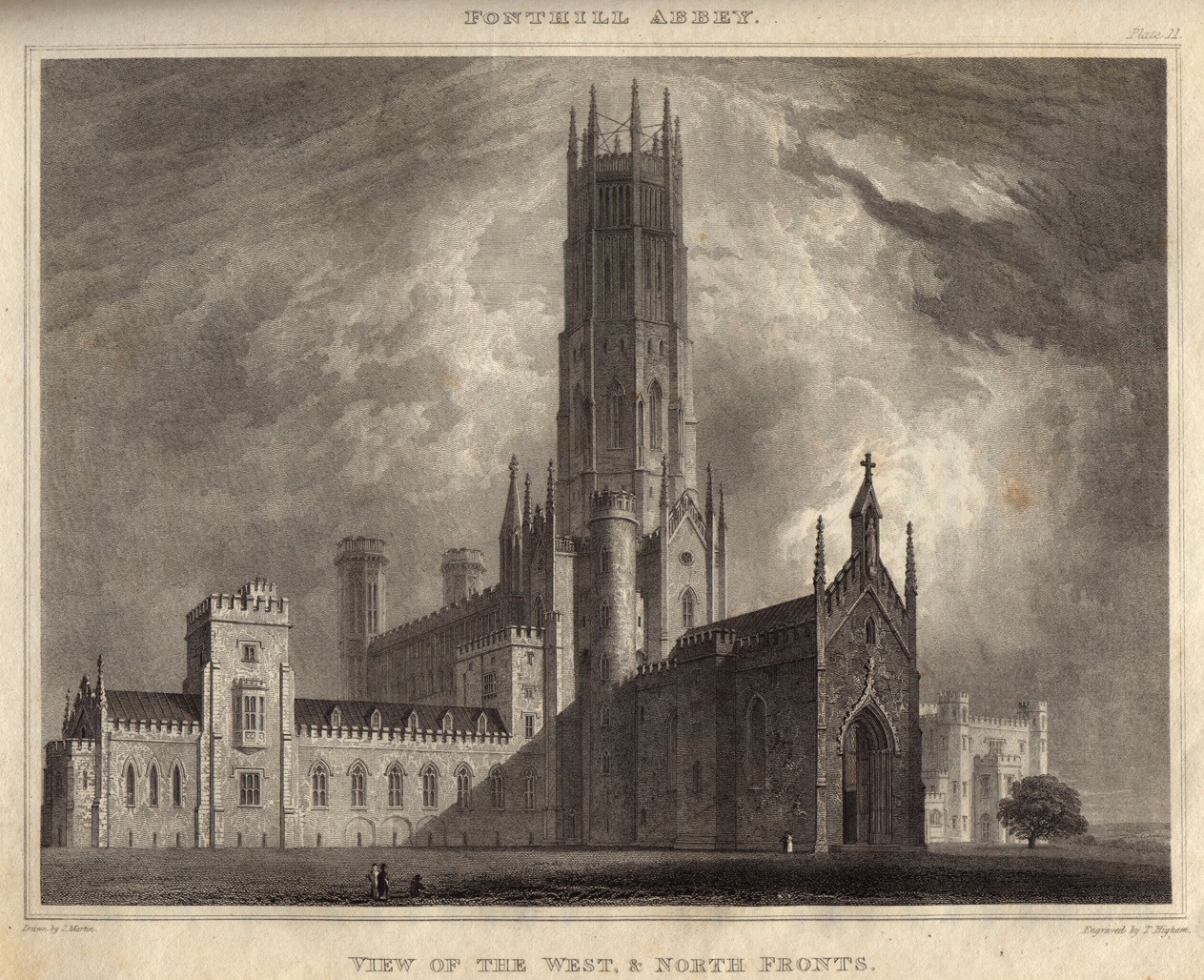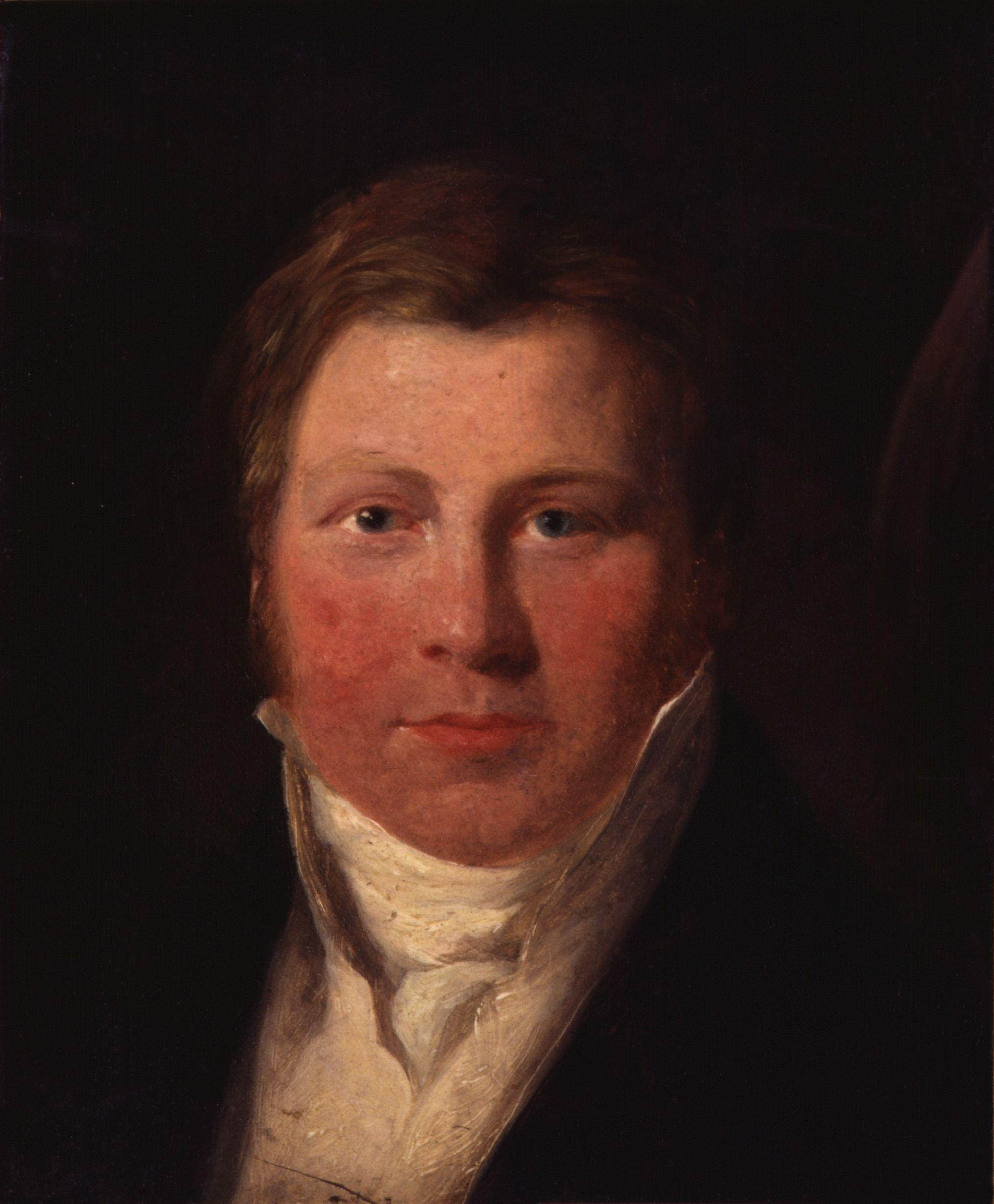|
John Preston Neale
John Preston Neale (1780–1847) was an English architectural and landscape draughtsman. Much of his work was drawn, although he produced the occasional watercolour or oil painting. His drawings were used on a regular basis by engravers. A major work, th''Views of the seats, Mansions, Castles, etc. of Noblemen and Gentlemen in England, Wales, Scotland and Ireland''was published in 6 volumes between 1819-23. Biography Neale's earliest works were drawings of insects. While in search of specimens in Hornsey Wood in the spring of 1796, Neale met John Varley the water-colour painter. Together they projected a work to be entitled ''The Picturesque Cabinet of Nature'', for which Varley was to make the landscape drawings, and Neale was to etch and colour the plates. No. 1 was published on 1 September 1796, but no more appeared. Neale was a clerk in the General Post Office, but eventually resigned his appointment to devote his time to art. Neale died at Tattingstone, near Ipswich, aged ... [...More Info...] [...Related Items...] OR: [Wikipedia] [Google] [Baidu] |
Hornsey Wood
Hornsey is a district of north London, England in the London Borough of Haringey. It is an inner-suburban, for the most part residential, area centred north of Charing Cross. It adjoins green spaces Queen's Wood and Alexandra Park, London, Alexandra Park to the north. Known locally as Hornsey Village (to avoid confusion with the original borough of Hornsey) it is London's oldest recorded village, first recorded in 1202, according to the Place Names of Middlesex. Locale Hornsey is relatively old, being originally a village that grew up along Hornsey High Street, at the eastern end of which is the churchyard and tower of the formeSt Mary's parish church which was first mentioned i1291 At the western end is Priory Park, Haringey, Priory Park. This was the administrative centre of the historically broad parish. North of Hornsey High Street, and immediately to its south, some of the area is public housing, public sector housing, surrounded by the late Victorian terraces develop ... [...More Info...] [...Related Items...] OR: [Wikipedia] [Google] [Baidu] |
Society Of British Artists
The Royal Society of British Artists (RBA) is a British art body established in 1823 as the Society of British Artists, as an alternative to the Royal Academy. History The RBA commenced with twenty-seven members, and took until 1876 to reach fifty. Artists wishing to resign were required to give three months' notice and pay a fine of £100. The RBA's first two exhibitions were held in 1824, with one or two exhibitions held annually thereafter. The RBA currently has 115 elected members who participate in an annual exhibition currently held at the Mall Galleries in London. The Society's previous gallery was a building designed by John Nash in Suffolk Street. Queen Victoria granted the Society the Royal Charter in 1887. It is one of the nine member societies that form the Federation of British Artists which administers the Mall Galleries, next to Trafalgar Square. Its records from 1823 to 1985 are in the Victoria and Albert Museum The Victoria and Albert Museum (often abbre ... [...More Info...] [...Related Items...] OR: [Wikipedia] [Google] [Baidu] |
19th-century English Artists
The 19th (nineteenth) century began on 1 January 1801 ( MDCCCI), and ended on 31 December 1900 ( MCM). The 19th century was the ninth century of the 2nd millennium. The 19th century was characterized by vast social upheaval. Slavery was abolished in much of Europe and the Americas. The First Industrial Revolution, though it began in the late 18th century, expanding beyond its British homeland for the first time during this century, particularly remaking the economies and societies of the Low Countries, the Rhineland, Northern Italy, and the Northeastern United States. A few decades later, the Second Industrial Revolution led to ever more massive urbanization and much higher levels of productivity, profit, and prosperity, a pattern that continued into the 20th century. The Islamic gunpowder empires fell into decline and European imperialism brought much of South Asia, Southeast Asia, and almost all of Africa under colonial rule. It was also marked by the collapse of the large S ... [...More Info...] [...Related Items...] OR: [Wikipedia] [Google] [Baidu] |
1847 Deaths
Events January–March * January 4 – Samuel Colt sells his first revolver pistol to the U.S. government. * January 13 – The Treaty of Cahuenga ends fighting in the Mexican–American War in California. * January 16 – John C. Frémont is appointed Governor of the new California Territory. * January 17 – St. Anthony Hall fraternity is founded at Columbia University, New York City. * January 30 – Yerba Buena, California, is renamed San Francisco. * February 5 – A rescue effort, called the First Relief, leaves Johnson's Ranch to save the ill-fated Donner Party (California-bound emigrants who became snowbound in the Sierra Nevada earlier this winter; some have resorted to survival by cannibalism). * February 22 – Mexican–American War: Battle of Buena Vista – 5,000 American troops under General Zachary Taylor use their superiority in artillery to drive off 15,000 Mexican troops under Antonio López de Santa Anna, defeating the Mexicans the next day. * ... [...More Info...] [...Related Items...] OR: [Wikipedia] [Google] [Baidu] |
1780 Births
Year 178 ( CLXXVIII) was a common year starting on Wednesday (link will display the full calendar) of the Julian calendar. At the time, it was known as the Year of the Consulship of Scipio and Rufus (or, less frequently, year 931 ''Ab urbe condita''). The denomination 178 for this year has been used since the early medieval period, when the Anno Domini calendar era became the prevalent method in Europe for naming years. Events By place Roman Empire * Bruttia Crispina marries Commodus, and receives the title of '' Augusta''. * Emperor Marcus Aurelius and his son Commodus arrive at Carnuntum in Pannonia, and travel to the Danube to fight against the Marcomanni. Asia * Last (7th) year of ''Xiping'' era and start of ''Guanghe'' era of the Chinese Han Dynasty. * In India, the decline of the Kushan Empire begins. The Sassanides take over Central Asia. Religion * The Montanist heresy is condemned for the first time. Births * Lü Meng, Chinese general (d. 220) * Pen ... [...More Info...] [...Related Items...] OR: [Wikipedia] [Google] [Baidu] |
Fonthill Abbey
Fonthill Abbey—also known as Beckford's Folly—was a large Gothic Revival country house built between 1796 and 1813 at Fonthill Gifford in Wiltshire, England, at the direction of William Thomas Beckford and architect James Wyatt. It was built near the site of the Palladian house, later known as Fonthill Splendens, which had been constructed by 1770 by his father William Beckford. This, in turn, had replaced the Elizabethan house that Beckford The Elder had purchased in 1744 and which had been destroyed by fire in 1755. The abbey's main tower collapsed several times, lastly in 1825 damaging the western wing. The entire abbey was later almost completely demolished. History Fonthill Abbey was the brainchild of William Thomas Beckford, son of wealthy English plantation owner William Beckford and a student of architect Sir William Chambers, as well as of James Wyatt, architect of the project. In 1771, when Beckford was ten years old, he inherited £1 million () and an incom ... [...More Info...] [...Related Items...] OR: [Wikipedia] [Google] [Baidu] |
John Le Keux
John Le Keux (4 June 1783 – 2 April 1846) was a British engraver. Life Born in Sun Street, Bishopsgate, London, on 4 June 1783, and baptised at St. Botolph, Bishopsgate, in September of that year, he was son of Peter Le Keux and Anne Dyer, his wife. The engraver Henry Le Keux (1787–1868), was his younger brother. His father, a wholesale pewter manufacturer in Bishopsgate, was from a Huguenot family. Le Keux was apprenticed to his father, but tried out engraving on pewter. He turned his attention to copperplate engraving, and was transferred for the remaining years of his apprenticeship to James Basire, to whom his brother Henry had been apprenticed. Under Basire he became a stylish line engraver. Works Le Keux's engravings were found in the architectural publications of John Britton, Augustus Welby Pugin, John Preston Neale, and others; they were an influence in the revival of Gothic architecture. He engraved the plates to James Ingram's ''Memorials of Oxford'', and ... [...More Info...] [...Related Items...] OR: [Wikipedia] [Google] [Baidu] |
Edward Wedlake Brayley
Edward Wedlake Brayley (177323 September 1854) was an English historian and topographer. Brayley collaborated with his life-long friend, John Britton, on the first 6 volumes of ''The Beauties of England and Wales''. Early life Brayley was born at Lambeth, Surrey. He was apprenticed to the enamelling trade, but developed an early interest in literature. After completing his apprenticeship, Brayley was employed by Henry Bone (later a Royal Academician) to prepare and fire enamelled plates for small pictures in rings and trinkets. Later, when Bone was working on some exceptionally large enamels, Brayley prepared the plates for Bone's use and fired the finished pictures, continuing to do so for some years after he had become eminent as a topographer. Career His close friendship with John Britton lasted for sixty-five years. They entered into a literary partnership, and after minor success with songs and plays, they became joint editors of ''The Beauties of England and Wa ... [...More Info...] [...Related Items...] OR: [Wikipedia] [Google] [Baidu] |
Westminster Abbey
Westminster Abbey, formally titled the Collegiate Church of Saint Peter at Westminster, is an historic, mainly Gothic church in the City of Westminster, London, England, just to the west of the Palace of Westminster. It is one of the United Kingdom's most notable religious buildings and since Edward the Confessor, a burial site for English and, later, British monarchs. Since the coronation of William the Conqueror in 1066, all coronations of English and British monarchs have occurred in Westminster Abbey. Sixteen royal weddings have occurred at the abbey since 1100. According to a tradition first reported by Sulcard in about 1080, a church was founded at the site (then known as Thorney Island) in the seventh century, at the time of Mellitus, Bishop of London. Construction of the present church began in 1245 on the orders of Henry III. The church was originally part of a Catholic Benedictine abbey, which was dissolved in 1539. It then served as the cathedral of the Dioce ... [...More Info...] [...Related Items...] OR: [Wikipedia] [Google] [Baidu] |
British Institution
The British Institution (in full, the British Institution for Promoting the Fine Arts in the United Kingdom; founded 1805, disbanded 1867) was a private 19th-century society in London formed to exhibit the works of living and dead artists; it was also known as the Pall Mall Picture Galleries or the British Gallery. Unlike the Royal Academy it admitted only connoisseurs, dominated by the nobility, rather than practising artists to its membership, which along with its conservative taste led to tensions with the British artists it was intended to encourage and support. In its gallery in Pall Mall the Institution held the world's first regular temporary exhibitions of Old Master paintings, which alternated with sale exhibitions of the work of living artists; both quickly established themselves as popular parts of the London social and artistic calendar. From 1807 prizes were given to artists and surplus funds were used to buy paintings for the nation. Although it continued to att ... [...More Info...] [...Related Items...] OR: [Wikipedia] [Google] [Baidu] |
John Varley (painter)
John Varley (17 August 177817 November 1842) was an English watercolour painter and astrologer, and a close friend of William Blake. They collaborated in 1819–1820 on the book ''Visionary Heads'', written by Varley and illustrated by Blake. He was the elder brother of a family of artists: Cornelius Varley, William Fleetwood Varley, and Elizabeth, who married the painter William Mulready. Life and work John Varley was born at the ''Old Blue Post Tavern'', Hackney, on 17 August 1778. His father, Richard Varley, born at Epworth in Lincolnshire, had settled in London after the death of his first wife in Yorkshire. His mother was an alleged descendant of the regicide Oliver Cromwell through the marriage of his daughter, Bridget, and the Parliamentarian soldier and politician General Charles Fleetwood. Varley's parents discouraged his leanings towards art, and placed him under a silversmith. But on their death he was for a brief time employed by a portrait painter in Holborn an ... [...More Info...] [...Related Items...] OR: [Wikipedia] [Google] [Baidu] |
Society Of Painters In Oil And Water Colours
The Royal Watercolour Society is a British institution of painters working in watercolours. The Society is a centre of excellence for water-based media on paper, which allows for a diverse and interesting range of approaches to the medium of watercolour. Its members, or associates, use the postnominal initials RWS. They are elected by the membership, with typically half a dozen new associates joining the Society each year. History The society was founded as the ''Society of Painters in Water Colours'' in 1804 by William Frederick Wells. Its original membership was William Sawrey Gilpin, Robert Hills, John Claude Nattes, John Varley, Cornelius Varley, Francis Nicholson, Samuel Shelley, William Henry Pyne and Nicholas Pocock. The members seceded from the Royal Academy where they felt that their work commanded insufficient respect and attention. In 1812, the Society reformed as the ''Society of Painters in Oil and Watercolours'', reverting to its original name in 1820. In 1831 ... [...More Info...] [...Related Items...] OR: [Wikipedia] [Google] [Baidu] |







